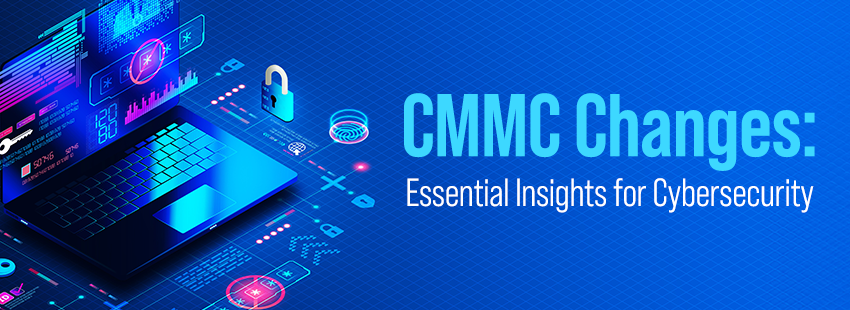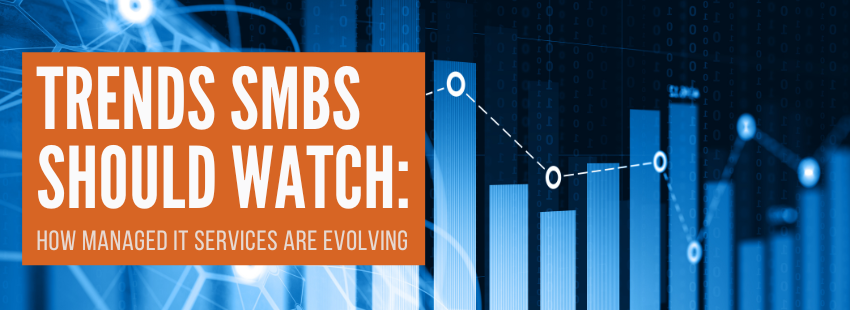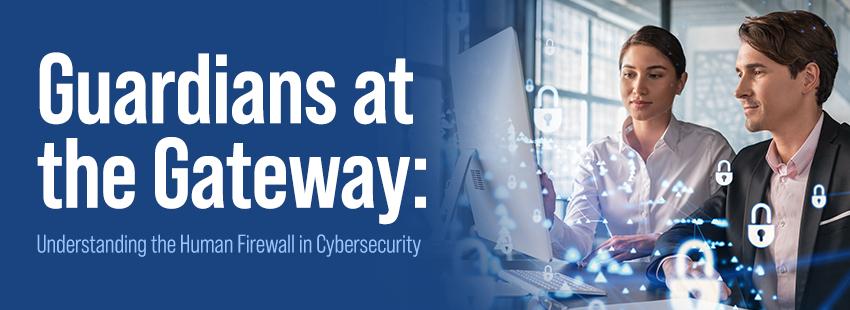In cybersecurity, staying up to date with the latest regulations is crucial to maintaining the integrity of your organization’s digital infrastructure. The Cybersecurity Maturity Model Certification (CMMC) is one such framework that has undergone significant changes recently. In this blog, we’ll delve into the five most important things you need to know about the recent changes to CMMC and how they could impact your business.
1. What is CMMC, and Why is it Important?
The Cybersecurity Maturity Model Certification (CMMC) is a framework designed to enhance organizations’ cybersecurity posture that do business with the United States Department of Defense (DoD). It ensures companies implement cybersecurity practices to safeguard sensitive data and systems. The recent changes to CMMC reflect the evolving threat landscape and the need for more robust security measures to counter sophisticated cyberattacks.
2. Transition from Self-Assessment to Third-Party Assessment
One of the significant changes to CMMC is the shift from a self-assessment model to a third-party assessment approach. In the past, organizations could self-assess their compliance levels. However, an accredited and independent third party will assess an organization’s cybersecurity maturity level under the new guidelines. This change aims to provide more objective and reliable assessments, raising the overall security standard.
3. Introduction of Maturity Levels
CMMC has now introduced five distinct maturity levels (from “Basic Cybersecurity Hygiene” to “Advanced/Progressive”) that organizations can achieve based on their cybersecurity practices and processes. Each level builds upon the previous one, ensuring a gradual and comprehensive approach to cybersecurity. This tiered structure allows organizations to tailor their security efforts to their specific risks and requirements.
4. Emphasis on Protecting CUI
Controlled Unclassified Information (CUI) refers to sensitive government information that’s unclassified but still requires protection. The recent changes to CMMC emphasized safeguarding CUI, making it a focal point for compliance. Organizations must implement stringent measures to secure CUI, including encryption, access controls, and regular audits.
5. Potential Impact on Supply Chain
If your business is part of the defense industrial base or provides goods and services to the DoD, these changes will likely affect you. The new CMMC requirements will trickle down the supply chain, impacting prime contractors and subcontractors. Organizations must ensure that their partners and suppliers also comply with the relevant CMMC levels to maintain business relationships and contracts.
The recent changes to the Cybersecurity Maturity Model Certification (CMMC) reflect the growing need for robust cybersecurity measures in the face of evolving digital threats. From transitioning to third-party assessments to the introduction of maturity levels, these changes are designed to elevate the cybersecurity posture of organizations involved with the DoD. As these changes take effect, businesses must adapt their cybersecurity practices to stay compliant and secure in an increasingly challenging digital landscape.
Want to discuss CMMC or NIST 800?
- Consult with Our CMMC Experts: Our seasoned professionals are well-versed in the intricacies of CMMC and can provide tailored insights to suit your organization’s unique requirements.
- Ensure Compliance and Security: Don’t leave your cybersecurity to chance. Partner with us to ensure your systems are fortified, and your sensitive data remains protected.
- Contact Us Today: Reach out to us for a consultation and take the proactive steps needed to safeguard your digital assets in an ever-evolving digital landscape.
Don’t wait for cyber threats to compromise your organization’s integrity. Take charge of your cybersecurity journey today. Contact us to schedule a consultation and fortify your defenses against emerging challenges.





